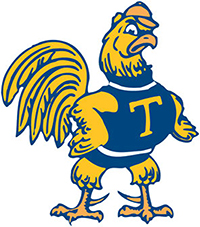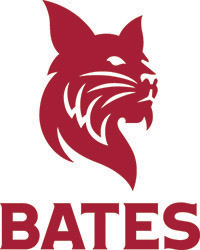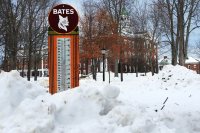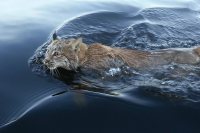
For a word that’s bandied about so gleefully by weather buffs, “blizzard” sure carries a lot of uncertainty.
Did you know this: It doesn’t even need to snow for a blizzard to occur?
The snow can be falling or merely blowing. Either way, visibility must be reduced below a quarter mile, and the wind must “frequently” gust to 35mph or more. Those conditions must be the “predominant” observation for at least three straight hours.
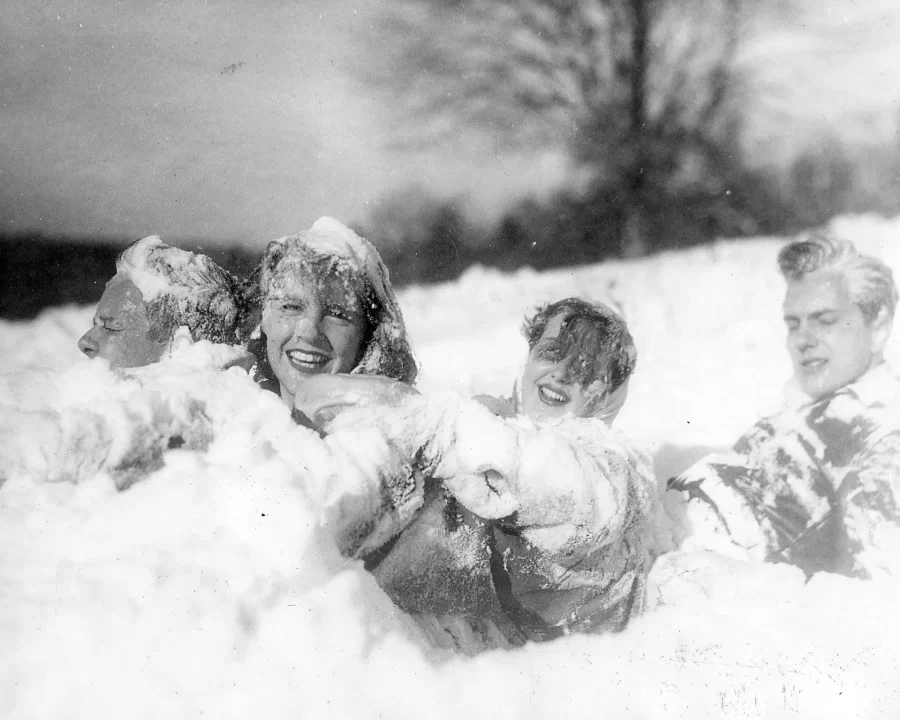
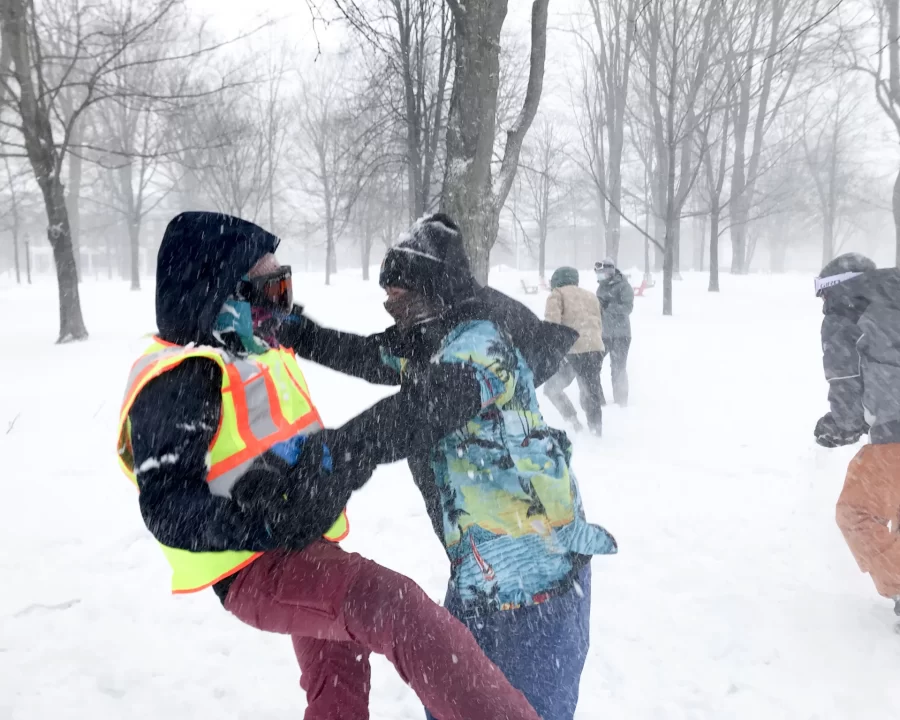
Use your mouse to grab the slider (or swipe your finger if on a phone or tablet) to reveal more or less of each image.
The Jan. 29 storm met those criteria throughout eastern New England. (The National Weather Service office in Norton, Mass., issued a nifty and comprehensive statement about where in its forecast area the storm was a blizzard.) Media reports suggest that blizzard conditions were met here in Maine, too.
And did you know this: While the word “blizzard” has been around since the 1800s, no one is sure of its origin. Its first meaning, early in the 1800s, was something — not necessarily snow — delivered fiercely, like a punch, gunshot, or argument.
The book Slang and Its Analogues in 1890 gave this example of that early usage: “If a magistrate lectured a litigant severely he gave him a blizzard.” The word took on its current meaning, of a major snowstorm, later in the 1800s.
And before all these words pile up like, well, snow in storm, let’s get to our list of the campuses in the ‘CAC that saw the most snow from the Jan. 29 storm. As predicted, the coastal storm dropped the most snow on the conference’s eastern campuses; those on the western periphery got shut out.
Snowfall amounts are taken from National Weather Service reports, which include trained spotters, NWS employees, and volunteers.
9 (tie). Hamilton: 0
9 (tie). Middlebury: 0
9 (tie). Williams: 0

8. Amherst: 4 inches
7. Trinity: 6 inches
6. Wesleyan: 8 inches
5. Bates: 16* inches
* National Weather Service reports around Lewiston varied considerably. This measurement is from a trained spotter.
4. Colby: 17* inches
* The nearest NWS snowfall report to Waterville was about 10 miles to the northeast, in Clinton.
3. Bowdoin: 18 inches
2. Connecticut College: 20 inches
1. Tufts: 24 inches
Snowfall amounts are taken from National Weather Service reports nearest each campus.



